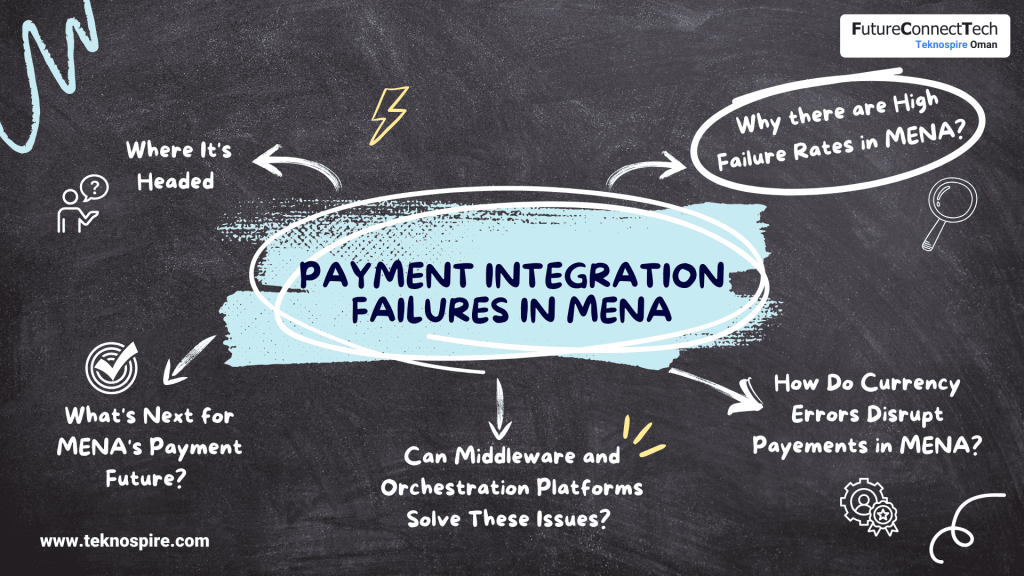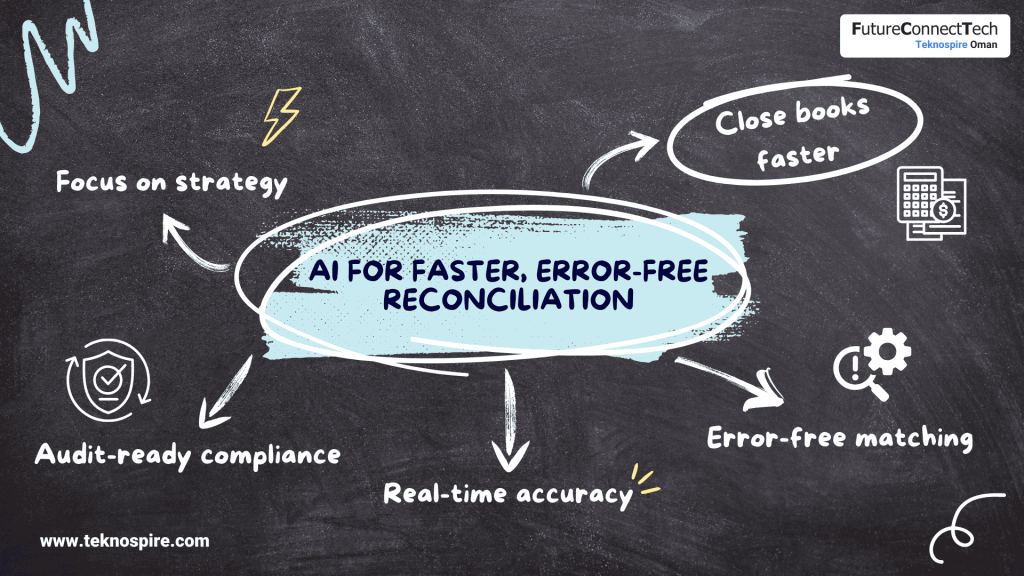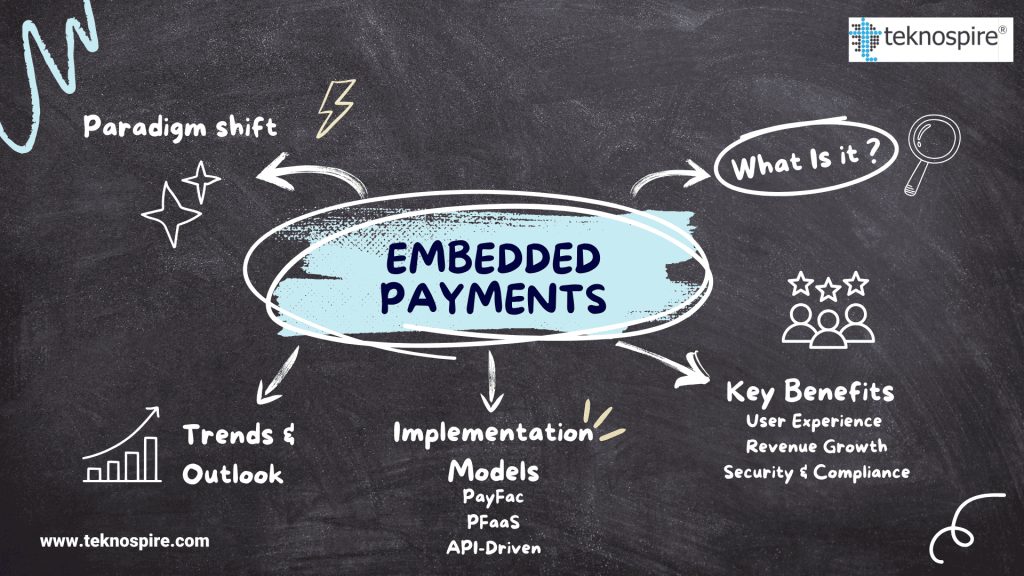Cross-Border Payments in MEA: Trends, Challenges, and Solutions for 2025-2026
Cross-border payments involve transferring funds between entities in different countries, often via banks or fintech networks. In the Middle East and Africa (MEA), they support trade, remittances, and economic growth. TL;DR Cross-border payments in MEA face high costs and regulatory challenges but are advancing with AI, stablecoins, and standards like ISO 20022 for more efficient transactions. Key drivers include remittances and digital adoption. What are Cross-Border Payments? Cross-border payments are financial transfers across national borders, involving currency exchange and compliance. In MEA, they enable remittances, e-commerce, and B2B trade, differing from domestic ones due to longer processing and regulatory checks. Why are Cross-Border Payments Important in MEA? In MEA, cross-border payments drive economic integration, trade, and financial inclusion. Remittances to Sub-Saharan Africa exceeded $96.4 billion in 2024, often surpassing official development assistance. In the Middle East and North Africa (MENA), inflows support key recipients like Egypt and Morocco. Gulf states (UAE and Saudi Arabia) are global remittance hubs, with large expatriate-driven outflows fueling diaspora support and regional trade corridors. These payments align with initiatives like the African Continental Free Trade Area (AfCFTA) and Arab regional platforms, boosting GDP, investment, and inclusion across the diverse MEA landscape. Sources: https://remitscope.org/africa/ for Africa remittances; World Bank Migration and Development Briefs for MENA trends and growth estimates. Key Challenges in MEA MEA encounters regulatory fragmentation, high fees, and delays in cross-border payments. Current and Upcoming Trends in Cross-Border Payments (2025–2026): As of late 2025, MEA is adopting AI for better efficiency and stablecoins for cost reduction, with global cross-border volumes projected to reach $250 trillion by 2027. Looking to 2026, trends will focus on deeper integration post-ISO 20022, stablecoin mainstreaming, and AI-driven personalization amid regulatory clarity. Solutions and Best Practices: Businesses in MEA can improve efficiency through fintech partnerships and compliance with new standards. Solution Benefit MEA Example Stablecoins Speed and cost savings Remittance corridors AI Enhanced security Fraud detection Frequently Asked Questions









